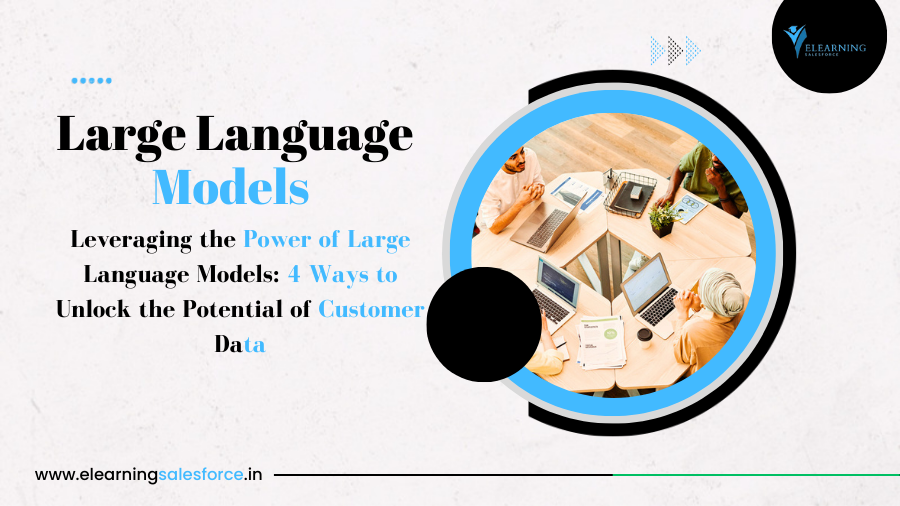Introduction: In today’s data-driven business landscape, customer data is a goldmine of insights that can shape strategic decisions, enhance customer experiences, and drive growth. Large Language Models (LLMs) have emerged as game-changers, empowering businesses to extract valuable information and gain deeper insights from their customer data. In this blog, we’ll explore four compelling ways LLMs can help you maximize the potential of your customer data, revolutionizing the way you understand and engage with your target audience.
Advanced Sentiment Analysis for Deeper Customer Understanding
Sentiment analysis has long been a staple in understanding customer feedback, but LLMs take it to the next level. These models can decipher not only whether a customer’s sentiment is positive, negative, or neutral but also the underlying context and emotions. LLMs can identify sarcasm, irony, and nuanced expressions that traditional sentiment analysis might miss. This enables businesses to gain a more profound understanding of customer feelings and preferences, providing actionable insights for refining products, services, and marketing strategies.
For instance, by analyzing social media posts or customer reviews using LLMs, a fashion retailer can identify trending styles, gauge customer reactions to new collections, and tailor marketing campaigns accordingly. This level of granularity helps businesses connect with their audience on a more personal and relatable level.
Hyper-Personalized Customer Interactions
Personalization has become a cornerstone of effective customer engagement, and LLMs excel in creating hyper-personalized experiences. By analyzing vast amounts of customer data, including purchase history, browsing behavior, and social media interactions, LLMs can generate highly targeted and contextually relevant recommendations.
Imagine an e-commerce platform utilizing LLMs to generate product recommendations based not only on past purchases but also on the customer’s recent online conversations, preferences expressed in reviews, and even social media activity. This level of personalization enhances customer satisfaction, increases cross-selling and upselling opportunities, and ultimately drives revenue growth.
Natural Language Understanding for Improved Customer Support
Customer support is another area where LLMs shine. Traditional chatbots often struggle to understand and respond accurately to complex or nuanced customer inquiries. LLM-powered chatbots, on the other hand, can comprehend natural language inputs and provide contextually relevant responses, significantly enhancing the customer support experience.
These advanced chatbots can handle a wider range of inquiries, from troubleshooting technical issues to providing product recommendations. By offering real-time assistance and quick problem resolution, LLM-powered chatbots improve customer satisfaction and free up human agents to focus on more complex and emotionally demanding interactions.
Market Intelligence and Trend Analysis
Understanding market trends and staying ahead of the competition is crucial for any business. LLMs can analyze a diverse range of data sources, including news articles, social media conversations, and industry reports, to provide real-time insights into emerging trends and shifts in consumer behavior.
For instance, a technology company can use LLMs to monitor online discussions and news articles related to emerging technologies like artificial intelligence or blockchain. By identifying early signals of market shifts or customer sentiment changes, businesses can adjust their strategies and offerings proactively, gaining a competitive edge.
Conclusion
Incorporating Large Language Models into your customer data analysis toolkit can be a transformative step for your business. These models enable advanced sentiment analysis, hyper-personalized customer interactions, improved customer support, and enhanced market intelligence. By harnessing the power of LLMs, you can unlock a deeper understanding of your customers, create more meaningful interactions, and make data-driven decisions that propel your business forward.
However, it’s essential to approach LLM integration with careful planning and ethical considerations. Ensuring data privacy, transparency, and responsible AI usage should be top priorities as you leverage the capabilities of these remarkable tools. With the right approach, Large Language Models can be a driving force in elevating your customer data analysis and enhancing your overall business strategy.



